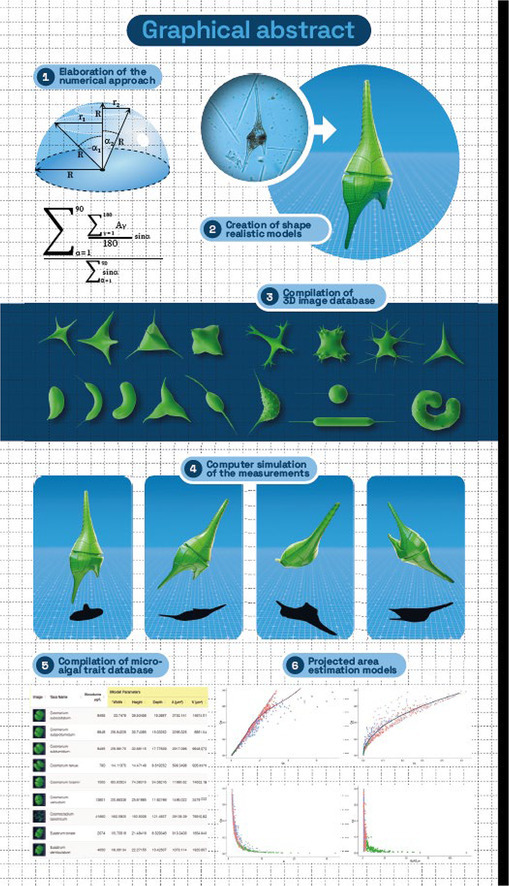It Is Not Only Abundance That Matters – Algal Morphology Also Affects Water Quality
The proliferation of algae in Hungarian waters is an increasingly serious problem, but it is not only the abundance of algae that matters – their morphology is also important. Different shapes attenuate light in the water column to varying degrees, thereby influencing light conditions and oxygen production. For the first time, researchers have now been able to provide precise data on the extent of light attenuation caused by microalgae, opening up new opportunities for studying the optical properties of water and assessing water quality.
Our lakes and rivers are exposed to various pressures that increase their nutrient content, leading to an undesirable rise in the abundance of free-floating microalgae, or phytoplankton. The mass occurrence of algae alters water transparency and reduces the depth of the euphotic zone – the layer penetrated by light where photosynthesis, and thus oxygen production, can take place. From the perspective of water quality, however, it is crucial which groups of phytoplankton utilise these nutrients and form large amounts of biomass, the researchers explain.
The extent to which algae attenuate light and alter the optical properties of water depends on the size and morphology of the algal cells and colonies present in the plankton. While algal cell size can be measured under a microscope, until now no one has been able to estimate how differently algae of the same volume but varying shapes attenuate light in the water.

Members of the Functional Algology Research Group created three-dimensional digital models of more than 800 algal species and developed a mathematical and computational method that allows their shaded area to be precisely determined by rotating the models in a virtual space.

The resulting database of projected areas of species now makes it possible to reinterpret existing research and phytoplankton water quality data, and to design interventions that support the development of appropriate plankton communities, thereby improving water quality.

